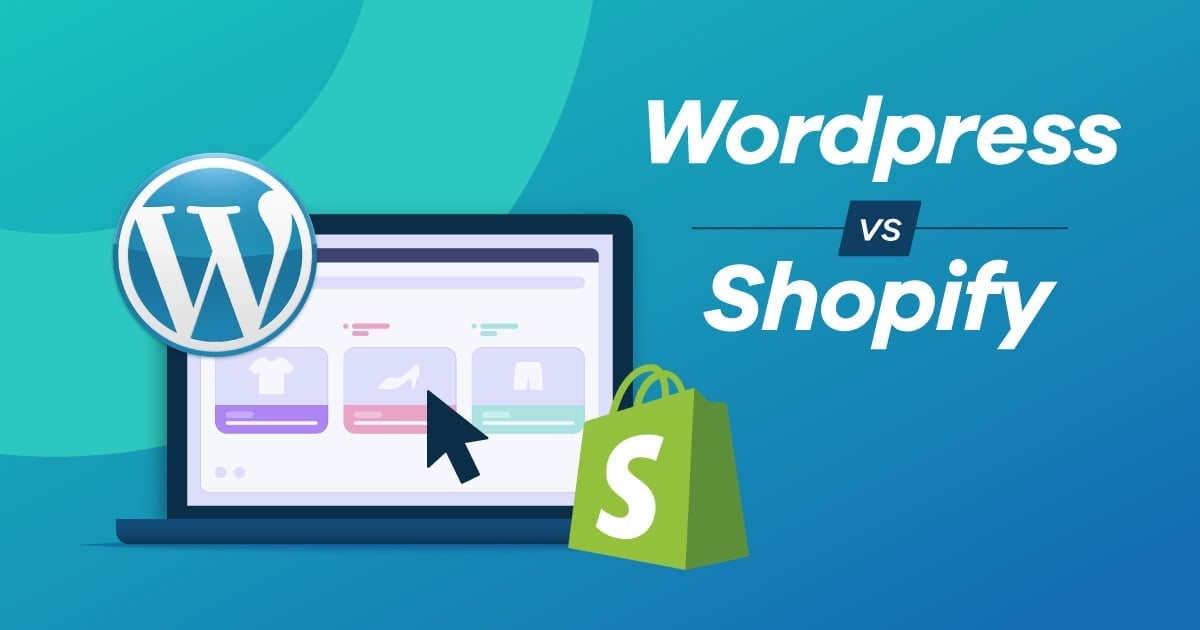S.M.A.R.T. KPIs for Internet Retailers

By Peter Prestipino, Editor-In-Chief
The single most important time of the year is weeks away - the holidays - and the smartest merchants have everything in place; from their advertising creative to their product shipping plans.
Many online retailers, however, will not be as efficient or effective as their competition, being more reactive to the pressures of the season rather than proactive when it comes to identifying the barriers to conversion and an optimal user experience. The reason? Ignorance of their key performance indicators (KPIs).
Key performance indicators are simply the measurements that reveal the performance and progress of a digital enterprise. One of the most tangible benefits of working on the 'Net is the ability to accurately, and in real-time, measure website performance, using that data to then optimize business operations, user experience and conversion paths.
It's likely that 'Net professionals are familiar with analytics and establishing key performance indicators (and are probably even keeping track of just how well they're doing), but have a question that, believe it or not, is very common - what's normal? How do I know if my performance is acceptable? If these questions have crossed your mind, change your thinking. KPIs are baselines from which a brand is meant to improve over time. It doesn't matter where an enterprise is, just that it's headed in the right direction. Develop the baselines, become familiar with the typical ranges, and engage in processes that improve operational and business performance.
START SMART
It is not enough to just acknowledge that analytics are important, tag a site and let the virtual chips fall where they may. Key performance indicators are powerful mechanisms in supporting enterprise objectives, but they are meaningless if stakeholders aren't on the same virtual page about how success should be defined and what the enterprise goals are. That's the first step - know what should be accomplished and how the enterprise will get there - but it is far from the last. The next step is to make sure those goals and objectives are S.M.A.R.T.
Monitoring Ecommerce KPIs
The savviest retailers make a habit of closely monitoring their key performance indicators, but the most successful make it easy for all the stakeholders within an enterprise to stay in the loop. Website Magazine recently published a list of many of the most popular data visualization dashboards (wsm.co/dataviz14), which place complex performance data into a far easier-to-read (and consume) format. Specific
One of the more dangerous practices of those analyzing key performance indicators (along with strategy and operational teams) is failing to be specific about goals and objectives. For example, instead of measuring site-wide conversion rates, consider tracking the conversion rate for visits from specific mediums such as email, social media, organic search or advertising. Take it a step further and measure conversion rate by the source and the medium. This enables retailers to not only understand the performance of a particular type of initiative (e.g. social media), but also how well individual sources (e.g. Twitter or Facebook) are performing and performing against each other - which ultimately empowers marketers to spend time and resources in areas that generate the best return.
Measurable
Keep in mind that the data gathered from websites rarely reveals "why" something happened. For this reason, it is essential enterprise stakeholders quantify the most important KPIs to their goals or objectives. It's not enough for a stakeholder to say "let's increase brand awareness," he or she needs to provide direction on metrics that can be measured to indicate that awareness is increasing/decreasing. For example, if greater awareness is the objective, establishing a KPI that tracks the number of instances when a product page was shared through email or on social media would be appropriate. If a goal is not measurable, it's impossible to know whether a team is making progress.
Achievable
It's not uncommon for enterprises to set lofty goals that are often impossible to achieve without an immense amount of cost/effort (e.g. "double the average order value") when what is often needed is a more attainable goal (e.g. "increase average order value by 5 percent each month"). Digital teams won't be inspired by a goal that is unlikely to happen, but they will invest all their energy and resources in making sure they get close, which only makes other key performance indicators suffer. Discover five achievable goals your ecommerce enterprise should aspire to in 2015 at wsm.co/ecomm15.
Relevant
Retailers might be wondering why any enterprise would have an irrelevant KPI in place - but it definitely happens. Companies don't always know what they need to measure, so they will often measure everything. Are goals and objectives (and the KPIs used to measure them) relevant? If they seem worthwhile (e.g. increasing time on site) and can be achieved in the existing environment (e.g. the current infrastructure supports the features or functionality that will be tracked), the answer is likely yes.
Time-Bound
Above all else, goals and objectives that have an end or target date, a deadline and a timeframe are those that will be most meaningful. Establishing time-bound objectives enables an enterprise to look past the day-to-day tasks and at the bigger picture, creating a sense of urgency that will serve as a virtual measuring stick for digital improvement.
Why Does Pricing Matter?
Optimize your KPIs by first getting a pricing strategy that works at wsm.co/2014price. FINISH SMART
Keep in mind that there are likely hundreds of appropriate key performance indicators that an ecommerce enterprise should be monitoring. The basics including unique visitors, page views, total orders, time on site and others (a detailed list of advanced KPIs for online retailers can be found at wsm.co/kpislist) are fundamental and must be monitored regularly. That said, without a S.M.A.R.T. approach to analytics (and optimization), ecommerce brands risk being quite dumb about their approach to digital success.








